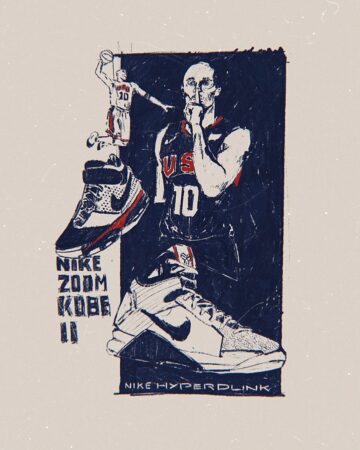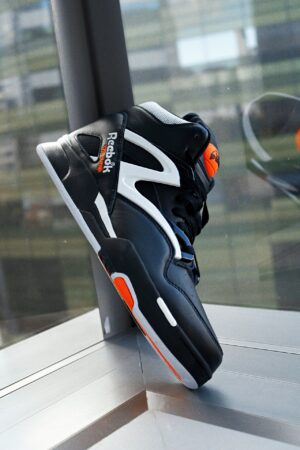
After a long break because of COVID, we return with an interview that’s very special to us. Vitória Leona is a photographer, as you all might have seen here, who has been exploring other ways to express herself through art. Having moved from Belém do Pará to São Paulo, Vitória found herself in need of rediscovering her local culture, to build the identity which she now uses to explore the paths and opportunities that photography has laid down for her.
Living in São Paulo she understood how the city and the culture here, somehow indirectly almost “makes” you wear, and consequently find an interest in sneakers. So we put together a small backdrop, where, with the Blazer on her feet, she could take some self-portraits, a technique that she has used to discover herself and explore new ways to look at photography. We want to thank Pérola, for having us in her home, allowing us to do this interview safely and peacefully, and also for taking these incredible pictures.
“My name is Vitória Leona, I’m 21 years old, I’m from Belém do Pará but I’ve been living in São Paulo since November 2018. I have been working with photography since I was 12 years old. Yes, I’ve been photographing for almost 10 years now. Like, what do you mean 10 years? Right? (laughs). But I say I began at 12 because that’s when I started looking for more information and stared to educate myself about photography. My uncle used to take pictures of the family and family events and still does to this day, and I would borrow his camera all the time. But I started to get deep into photography and really go after it when I did a Pinhole photography workshop – which is when you build a camera out of a matchbox. It was amazing. And I found it interesting that my first real contact with photography was in fact through analog photography, even though today, I work mainly with digital, you know?
So I started quite naturally, people were coming up to me wanting to hire me, so I thought “hey, I think I can make some money from this”. And that’s how I began to, in fact, invest in all this. And well, I think that after moving to São Paulo, the biggest change in my work was that I started focusing much more on fashion photography because the market here is different from Belém – here you do more editorials and brands, even planning my work in a more thought out way, having a team and everything. And I also really like using analog for taking pictures of my life, my day by day, parties – those pictures that are more like memories than actual work.”
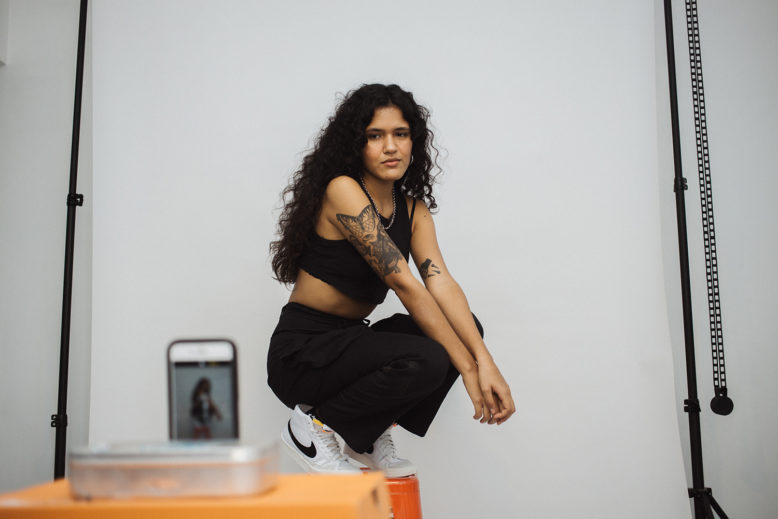

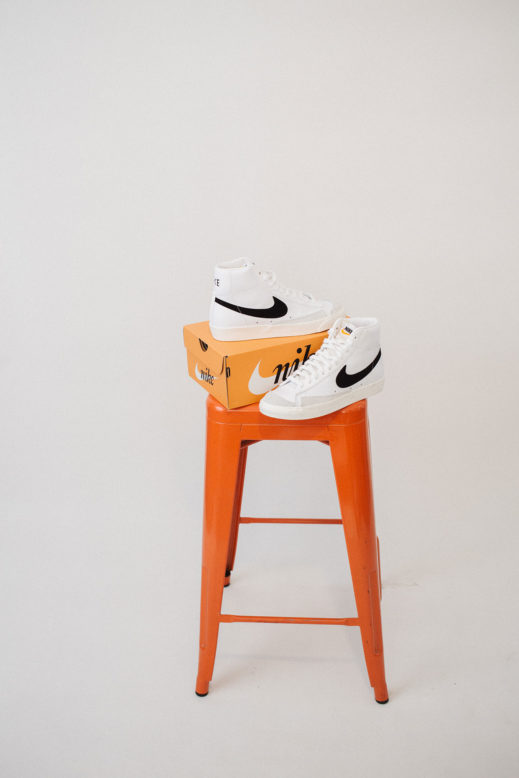
“I could be, for sure, but at least in my life up until this moment, I couldn’t be anything else but a photographer.”
By looking at your work, your Instagram, your daily life, you can tell that you’re an artist that works mainly with photography, but also works with different platforms to express yourself. How did you get started and what’s is your creative process like?
vitóriaI always say that out of all the things that I ever started to do in my life, photography is the only one that I really stuck to. I tried guitar lessons, Aikido, swimming, I’ve taken painting lessons more than once, but eventually, I would just drop it. To this day, photography is the only thing that truly caught my attention, and is the only subject I actually study. And I think that is very meaningful, I think that if I wasn’t a photographer, I wouldn’t be anything else. I could be, for sure, but at least in my life until today I’m not anything else but a photographer.
Even when it comes to painting, that was just me trying something out, just for fun, a callback of something I used to do many years ago. Painting over my photos is something that happened now, during quarantine, It was me trying to rescue some references I saw a long time ago. Besides all that, I also like to make some personal videos, putting together some footage from trips, life, and I end up transporting myself a bit to the video side, even though I don’t work with video. And I think that sums it up – me trying to interact with different forms of art, but even so, I think photography is truly where I find myself. But I think it’s great because I can paint without the pressure of having to do something super, mega incredible, it’s not something serious. I think that everything we do today is kind of serious, today I can’t take a photo without it being serious, not even if it’s a picture of a street.
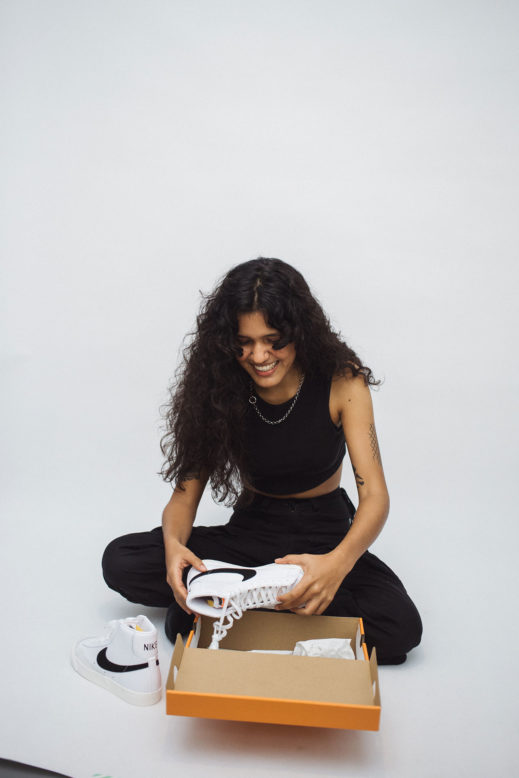

Taking pictures with a digital or an analog camera, are two very different processes and have very different results. How do you decide when you want to use one or another?
vitóriaFor me, changing cameras changes everything because, even when I’m using a digital camera that’s different than mine, I feel different. It’s like the camera makes… not that it doesn’t, it makes a difference, but as if it makes a difference even in the way I photograph. I really like taking analog pictures of parties, when I’m going out, to practice.
My analog camera, which is not a professional camera, is not heavy like my digital camera – which I won’t use in the middle of the street, either because of safety reasons or the weight itself. But I feel that the angles I use with an analog are not the angles I use with a digital. I think I photograph more experimentally with the analog camera than I do with the digital one, which conveys something more serious to me – particularly because that’s the one I work with, I work with the digital camera.
There were times when I traveled that my professional digital camera stayed inside my bag and I didn’t take it out for the whole day, it really changes the way I feel about the camera, which changes how I behave around people and or who I’m photographing. It’s really different. It’s like I’m a different person.
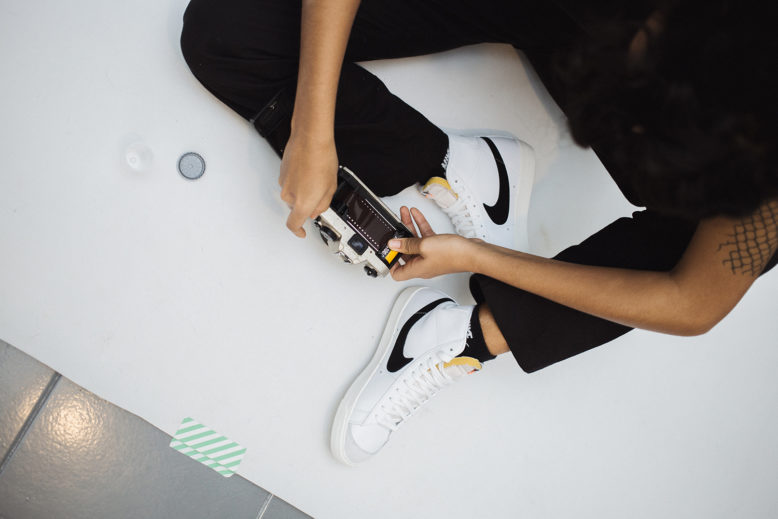
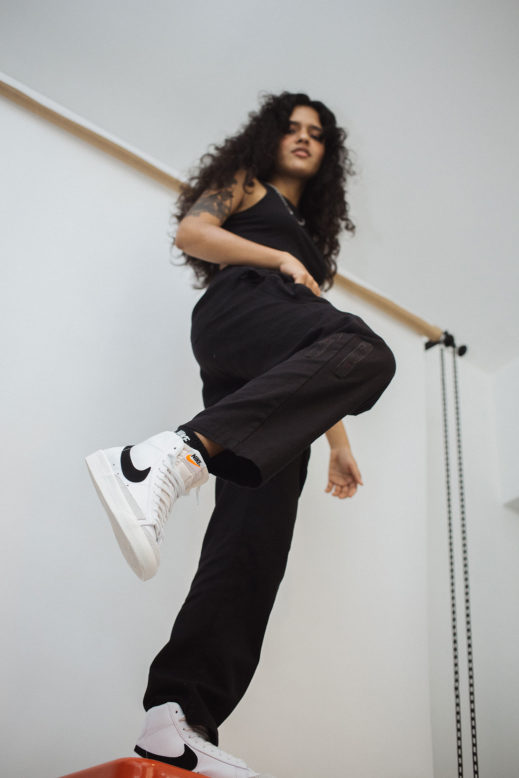
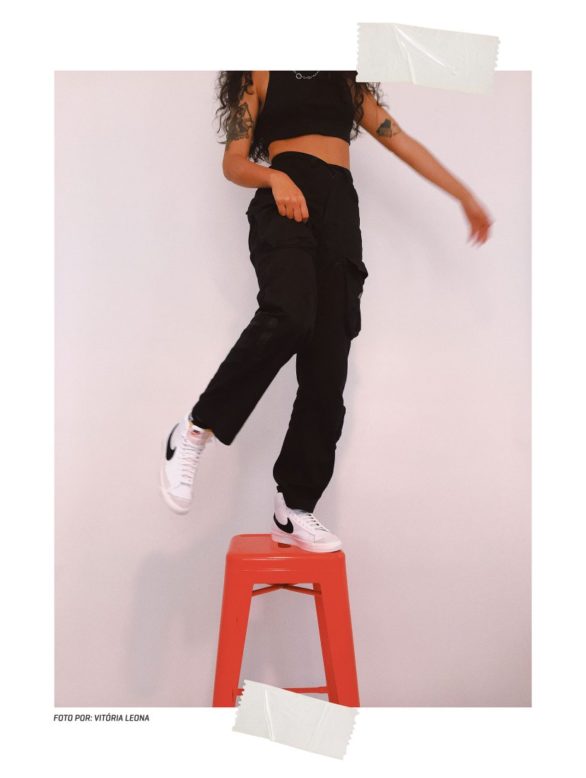
“Now, it’s in this very spontaneous and not so planned way that I think about my photoshoots and the results always come out really good. And sometimes the most amazing picture isn’t something we planned.”
Where does the drive and inspiration to produce your editorials and self-portraits come from?
vitóriaYou know those Internet phrases that comfort you in some way? I saw one that was something like “it’s not that you can’t produce or that you’re not good – it’s just that you want to do something great, and you won’t do anything less than great, and then you can’t do anything”. And by reading this I’ve managed to give meaning to what I feel – that I always want my work to be great. I want to come up to you and give you all the possible references, clothes, hair, makeup, everything and arrive with this beautiful, well structured idea ready to go, for us to just go and execute it. But many times it’s just an idea in my head and I can’t find references that show what I’m imagining. Anyway, it happens that sometimes I’m too demanding with what I want and end up not producing anything.
I booked a lot of shoots to do here in São Paulo, there was this one day I just started calling up everybody. And now what I’m trying to get into my head is to be less demanding with what I want to do. For example, I have an idea for a picture with you – I’ll tell you my idea, and we’ll think of more ideas together. It’s better to do that than to miss the opportunity of taking your pictures.
Nowadays when I think about taking pictures, I try to go with as many ideas as possible, but I try to be way less demanding to myself and more open to the person I’ll be photographing, who is someone I admire for sure, for me to want to take their pictures.
Now, it’s in this very spontaneous and not so planned way that I think about my photoshoots and the results always come out really good. And sometimes the most amazing picture isn’t something we planned. I’ve just been doing that, I’ll bring what I think is good and you’ll bring what you think is good from home, and we’ll see. And we’ll get something together. This is the way I’ve been using to “escape” my perfection complex and actually produce.
As for my self-portraits, I usually have a previous idea, like a theme and I just do it. But I don’t necessarily stop just to photograph myself because I think I look good, or because I want to look good in the photo, you know? Once I was talking to a friend about taking lingerie or nude pictures, really artistic photos and I thought: why am I interested in taking these kinds of pictures of other people but not of myself? It’s not about taking these pictures just so I can post them, it’s about why I’m not interested in having photos like this for myself. So even this kind of reflection these self-portraits brought me, and today I will certainly try to do it more often. Why not have pictures of myself taken by me? I’m moving on, I’m changing and no one is taking photos of me, and neither am I (laughs).
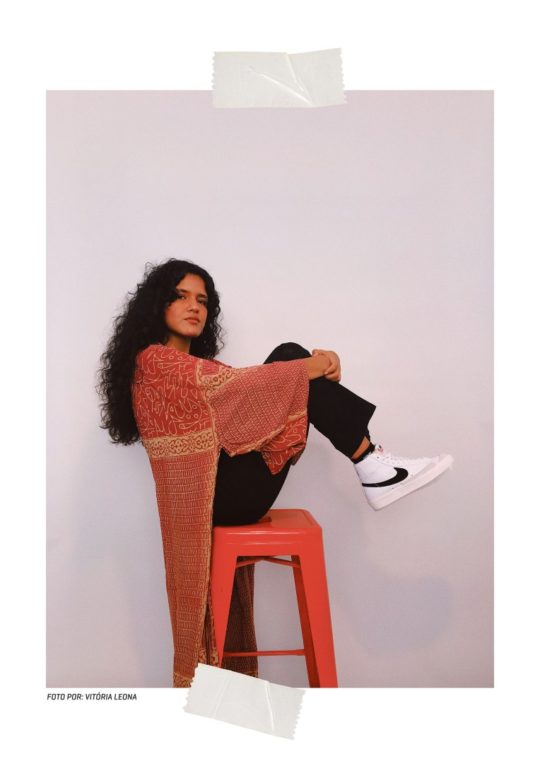
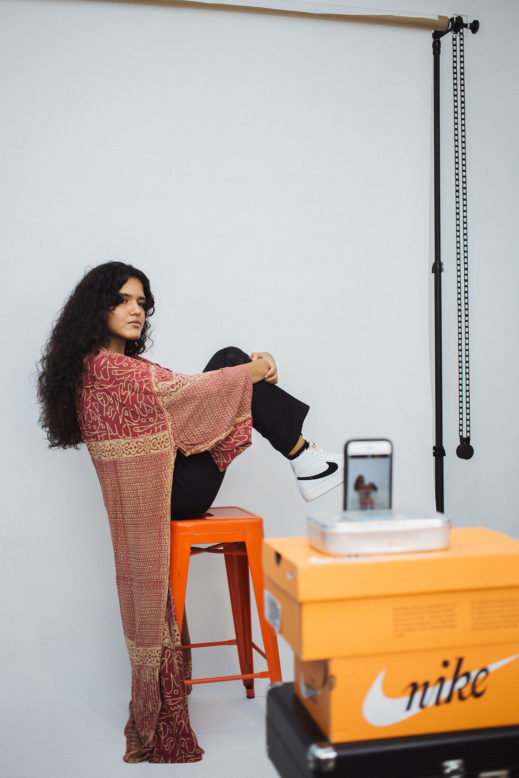
It’s been two years since you left Belém do Pará, and came to live in São Paulo. How was this transition between such contrasting cities?
vitóriaI always had a very dreamy spirit of leaving Belém. Let’s say that back then, I wanted to leave Belem for the wrong reasons, I thought it was a boring city with nothing to do. Because when compared to São Paulo, which is full of bars, plays, shows, brand events, and all that São Paulo has – Belém is in fact, boring. But I think that not just me but all the people from Pará have gone through a process of embracing their own culture. Just like there was the process embracing black culture, you know? And everybody turning to each other, to their own culture, their own thing that makes them who they are. So I started embracing and giving much more value to the culture of Pará and I realized that it doesn’t have what São Paulo has, but it has what only Pará has, and that’s very good.
I was able to travel to several different countries because, before, my mother had more conditions to provide trip for us, and she believed in my will to go out and see the world and invested in it while she could. I think my first trip was to Rio, but I soon started coming to São Paulo because my mom had work here. So I always saw that there were other things for me outside Pará. I had an exchange trip lined up before I came here in 2018, it didn’t happen for financial reasons, and I said: “oh all right, I’ll stay here in Pará, I’ll save money to go in the future. And a few days later I was like “hey, I can’t stay in Pará, I want to leave here” (laughs). That’s how I decided to come to São Paulo. My brother already lived here, so I would have the support of someone I knew and also I wouldn’t need to, I don’t know, pay rent, for example, I would come only with my daily expenses. So moving here was very easy, because it was just, get on the plane and follow my dreams, you know? (laughs).
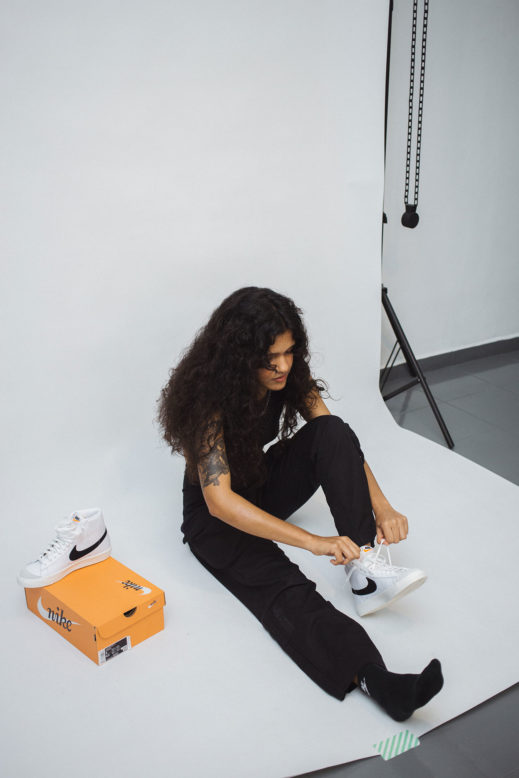
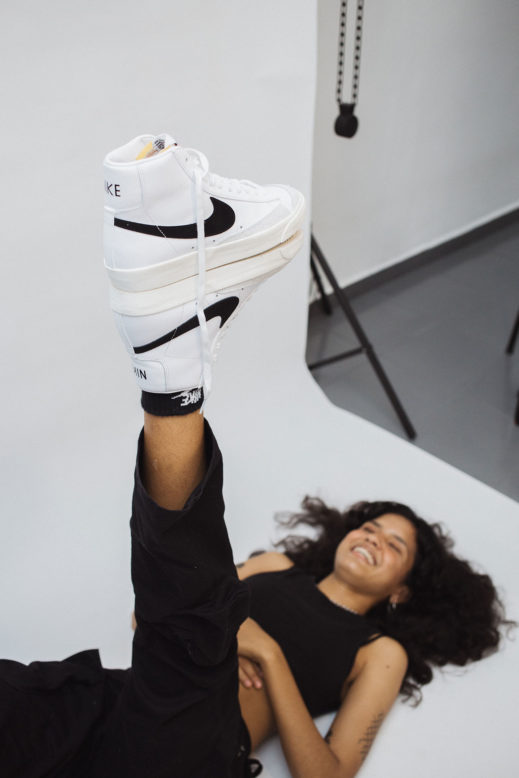
“But anyway, living in São Paulo was and is very important to me because it showed me another world. And I think that this other world, in particular, made me look more at my world, my culture.”
But looking back, I went through many things during this change. I’d say that the emotional part of my life has always been very complicated. I was very privileged, I didn’t have things happen in life that made me say “gee, my life was hard”, but my emotional side, within my standards, was always very hard for me. So I realized that I had many emotional ups and downs.
But anyway, living in São Paulo was and is very important to me because it showed me another world. And I think that this other world, in particular, made me look more at my world, my culture. Because I try to make my life here, being in places, creating bonds and friendships, but now I understand even more just how important what I have in Belém is. And I really mean culture-wise, instead of trying to become a complete Paulista, why not look back to my culture? Because I think it’s much more important than to fully immerse myself in the culture here. And this search happens precisely because, somehow, I need to have an identity being here, among so many other identities and un-identities either. And if I don’t have mine, whose identity will I have? Coming to São Paulo was a learning process.
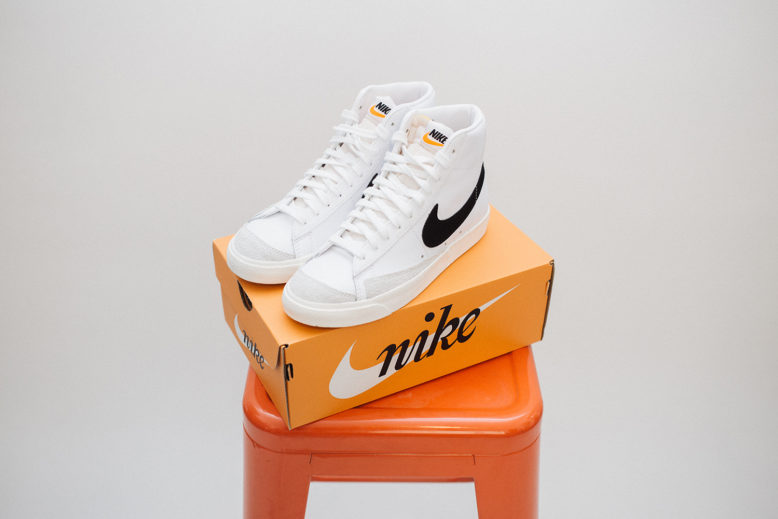
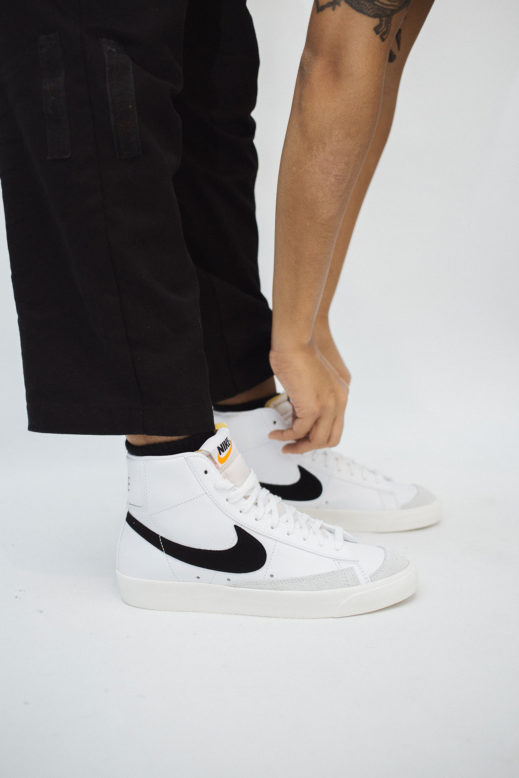

“I started photographing to pay my bills here. And because of this, it’s important that I do my own personal work too, because if I only have what I do for work, I only have the commercial and many times it’s not something I envisioned, it’s what they told me to do. The commercial attracts an audience to my work, but it’s my personal work that wins people over or not.”
And would you say that moving from one city to another has affected your work as well?
vitóriaActually, when I think about my life here in São Paulo, I think about work, because that’s kind of what it is, right. I’m only what I am because I’m a photographer, you know? And I understand that for instance, I’m only here with you today because I’m a photographer. And it’s not that you chose me because I’m a photographer, but because without photography I wouldn’t have contacted you for another reason, other than photography. I spoke to you for the first time, by e-mail, because of what I am. So my life here revolves a lot around this topic.
Obviously, I have people who are close, who go beyond work, but my relationships and the places I go and what I do in some way are related to my work. Even the fact that I go to a party to have fun, but I bring an analog camera to take some pictures there, I’m working, having fun, but working. It’s not boring, but I’m working, you know? So that changed a lot the way I work and how I live my work.
Another aspect that changed in my work directly was the fact that I started thinking photography in a more fashion-driven way. Because in Belém, the work I did was like: Do you want to do a photoshoot? I’ll do your photo session. Do you want a couple’s photoshoot? I’ll do a couple’s photoshoot. I didn’t do much brand stuff. It was much more about the individual. Here photography became much more editorial for me and less personal, individual photographs. More commercial. I started photographing to pay my bills here. And because of this, it’s important that I do my own personal work too, because if I only have what I do for work, I only have the commercial and many times it’s not something I envisioned, it’s what they told me to do. The commercial attracts an audience to my work, but it’s my personal work that wins people over or not.
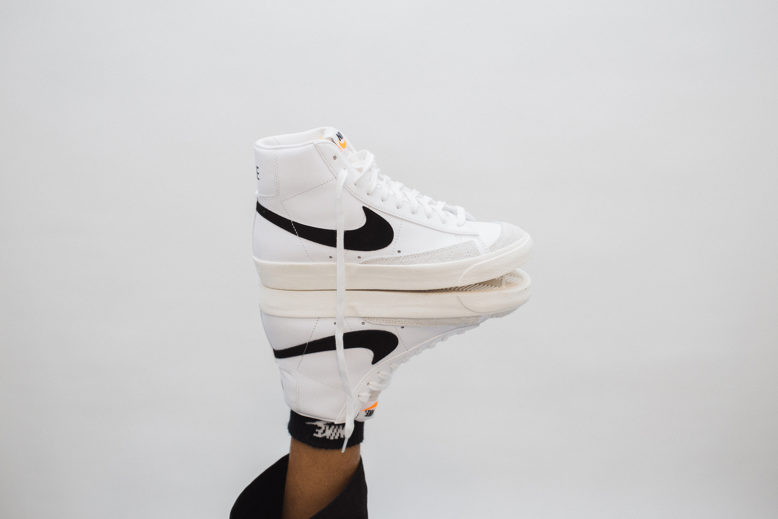
Tell us about a cool experience that photography has provided you.
vitóriaOh, I moved to São Paulo and lived two very crazy years of my life (laughs). But in fact, photography provides me with a lot of things, and it is very important to have photography as part of me. In São Paulo, I know that my photography is something that introduces me to places and I understand that if I wasn’t a photographer, I wouldn’t occupy the places I do. Like, I’m not there because I’m a very cool person, but because I’m a photographer. And I understand that. And I think if I didn’t have photography I wouldn’t do any of the things that I do.
Artists from Belém think that if you moved to São Paulo, and do a job for Nike, they’re like “wow, your life is made, you don’t need anything else”. It’s not like that. My life is normal, I have to work, I don’t have money, I’m going back to Belem because I don’t have money. But no doubt photography takes me to many places and gives me many incredible opportunities, like this one here without any doubts. And to get to know you guys and everything else.
Em Belém, os artistas têm muito uma noção de que você se mudou pra São Paulo, fez um trabalho pra Nike, eles falam “nossa, você fez a vida, não precisa de mais nada”. Sendo que não é assim. A minha vida é uma vida normal, tenho que fazer corre, não tenho dinheiro, eu to voltando pra Belém porque não tenho dinheiro. Mas que sem dúvidas a fotografia me leva a muitos lugares e me dá muitas oportunidades incríveis, como essa daqui sem dúvidas. E de conhecer vocês e tudo mais.
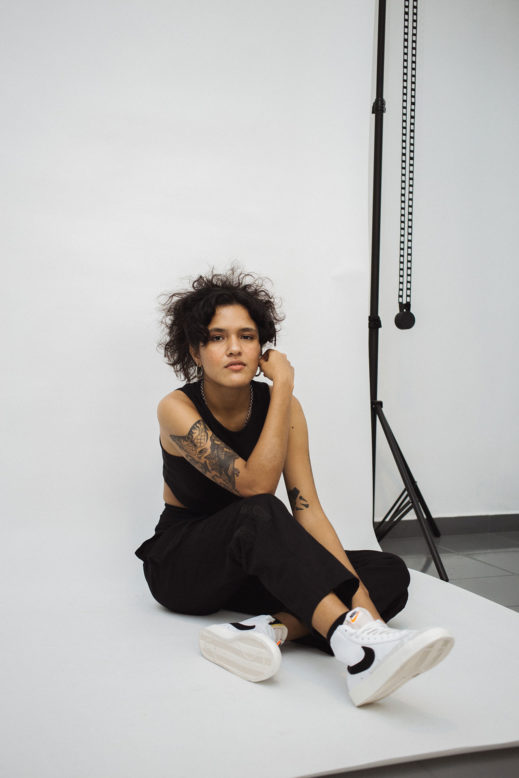

Now moving on to sneakers. What is your relationship with sneakers in general?
vitóriaMy relationship with sneakers was never much of a ” sneakers as a lifestyle” relationship or even an interest to me, it was just sneakers. When I moved to São Paulo I only brought two sneakers: Nike Air Force 1 and Vans, which were the ones I used the most. And for a while I was only wearing the Air Force because my Vans’s insole was rotten, I went rocked them with no insole for a while, and then I was wearing only the Air Force. So I really consider it a special sneaker for me in this sense, you know? My relationship with sneakers has changed, ever since I moved to São Paulo and stared working with Kickstory (laughs), working with you guys, and understanding that in fact, the culture in São Paulo revolves around, or at least the social group I’m inserted in, the sneaker culture and streetwear in general. Not that it’s important to people, but how much deeper this is than just sneakers. It has a history behind it, it has a culture, it has meaning, it’s something much deeper as a field of knowledge even. And I created this relationship with sneakers and streetwear culture because whether I want to or not, today they are inserted in my life in many ways.
I made a comment to my friend about how here in São Paulo people wear sneakers a lot more than in Belém. In Belem, you normally go out in sandals, if I go out in sandals here I feel like an alien. And it’s real, you don’t see people here wearing sandals, or, flip flops on the street. And she even said that it seems like the Paulista goes out in sneakers because you know, you might face a flood out of nowhere you don’t want your sandals to disappear. I don’t think it’s quite like that, but it certainly makes sense (laughs).
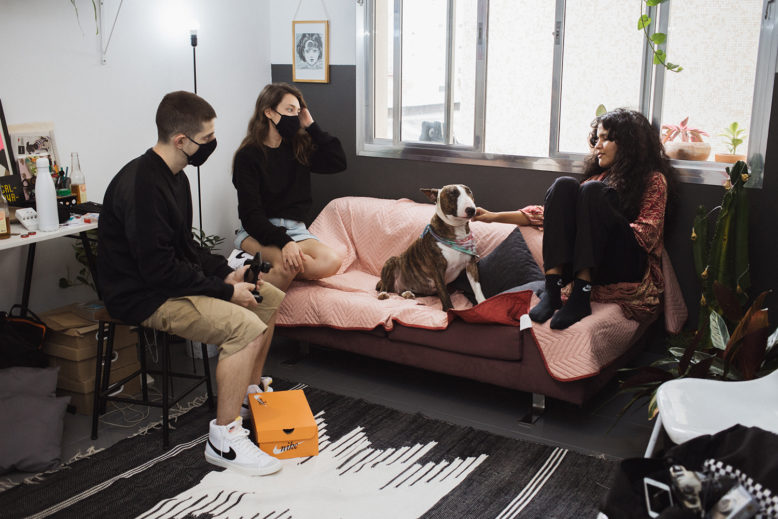
There’s a whole thing of how the city “forces” you, how it demands the use of sneakers, but it’s a very local thing. If you go to the northeast or the north, you won’t need to wear sneakers so much, only if you want to. So whether you want to or not, this fact alone changes a lot how I’ll relate to sneakers. I know that there’s only one relevant streetwear store in Belém today, and I notice that people there want to use brands. But they want to use a Nike t-shirt, with a big Nike logo, or they want to use a giant Fila F. They want to show that they’re using brands, they don’t want a “simple” sweatshirt that you can hardly see is from Nike. It’s not that they don’t want it, but stores don’t sell that, and people don’t consume it either. And I’d say this is in fact, a way of looking at it as our own culture.
São Paulo is a global city, the brands are here, brand events are here. We can see that people from São Paulo want to use Nike clothes as they use in the US – a simple Nike, well disguised, not a giant logo, you know? Nowadays walking around with a giant brand symbol is more associated with more popular clothing. I think São Paulo is much closer to the rest of the world, to the way the rest of the world dresses; in Northern Brazil, things arrive differently.
São Paulo é uma cidade global, aqui estão as marcas, os eventos de marcas. Dá pra gente ver que os paulistanos querem usar roupas da Nike como uma pessoa dos Estados Unidos – que ela usa um Nike simples, bem disfarçadinho, não uma coisa gigante, sabe? Hoje em dia andar com um símbolo gigante da marca, tá muito mais ligado a uma roupa mais popular. Acho que São Paulo tá muito mais próxima do resto do mundo, como o resto do mundo se veste; já no norte do Brasil, as coisas chegam de uma forma diferente.

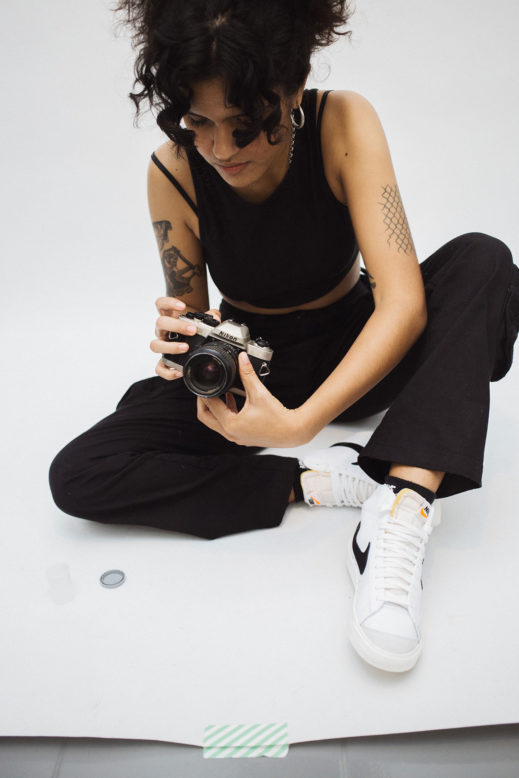

Nike Blazer Mid 77 Vintage
Year: 2020
Owner: Vitória Leona
Photos: Pérola Dutra
